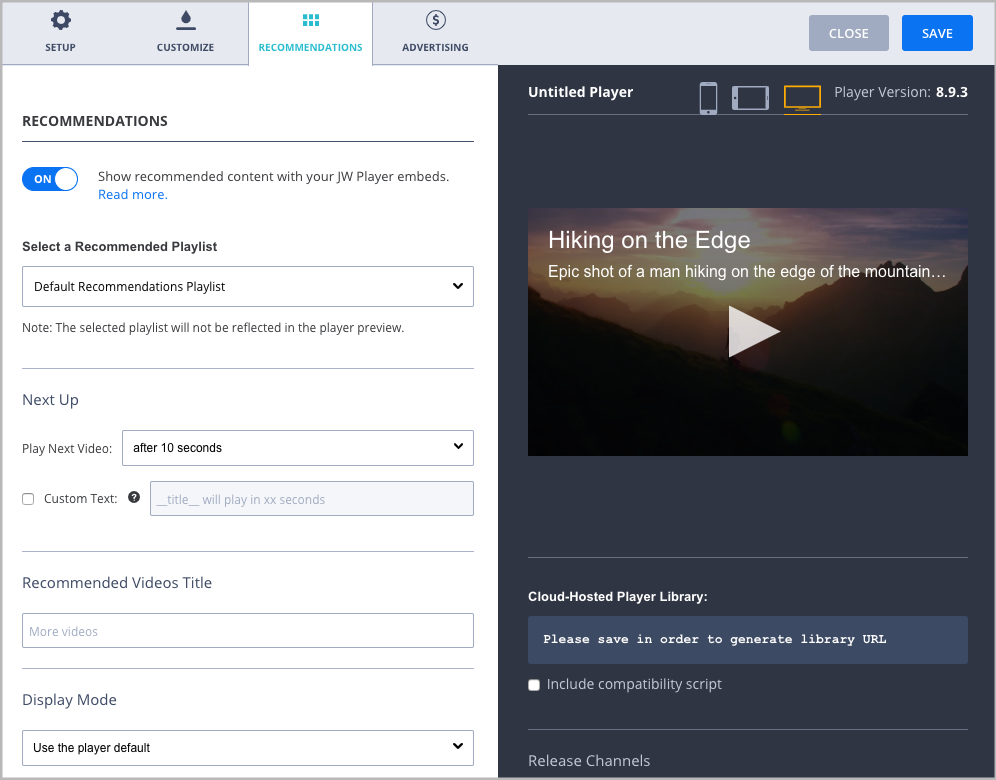

However, this can also be to your advantage. In order for Watchtower to do its thing, it must be running. Fortunately, in this case, it’s not only one to be shrugged off, but should also be quite obvious.

Issue the above and only the Shipyard container will be monitored and automatically updated. If your Shipyard container is named shipyard, the command for Watchtower would be:ĭocker run -d -name watchtower -v /var/run/docker.sock:/var/run/docker.sock v2tec/watchtower shipyard Let’s say you have Shipyard deployed (for Docker management) and you want to ensure it is always up to date. You can deploy Watchtower in such a way that it will only monitor a single, specific container. data center decision (free PDF) (TechRepublic) Watching a single container You might cringe at the idea of your containers being down, but the tradeoff of having them always updated should ease that concern. The process is very quick, so outages will only last seconds. Give Watchtower a moment to do its thing and the CREATE times will have changed ( Figure B). In order for this change to take effect, you must log out and log back in.

If you haven’t already taken care of that, issue the command sudo usermod -a -G docker USERNAME (Where USERNAME is the name of the user to be added). NOTE: To run the above command, your user must belong to the Docker group. Open up a terminal window and issue the command:ĭocker run -d -name watchtower -v /var/run/docker.sock:/var/run/docker.sock v2tec/watchtower You should see, in the CREATED column, the age of the containers displayed. What’s important at this juncture is to take note of the CREATED column. This will show you a list of the currently running containers. Before we do this, let’s check on the status of our containers with the command docker ps. Let’s have Watcher monitor all of those containers. The first will monitor and update all of your containers, whereas the second will monitor and update only a specific container. I will demonstrate two different ways to deploy Watchtower.
#How to auto update watchtower library pro#
SEE: Configuration management policy (Tech Pro Research) Deploying Watchtower I will assume you already have Docker installed and one or more containers running.
#How to auto update watchtower library how to#
I’m going to show you how to spin up the Watchtower container so that it will monitor your containers and keep them automatically (and always) up to date. The container that will take care of all of this is called Watchtower and it works. What if I told you there was an easy way to automate that? Even better, what if I told you there was a container that would automatically check for image updates and, if it finds any changes in a container’s base image, it will gracefully shut it down and restart it with new image and the same options used when the containers was initially started. What do you do? Stop the container, pull down a new image, and recreate the container? You could, but that would take time and require you to remember to check on it with some regularity. How long ago did you deploy that container? Days? Weeks? Months? In the meantime, how many security issues have been discovered and patched in the image used to create that container? Without updating, that container could suffer from serious security issues.


 0 kommentar(er)
0 kommentar(er)
